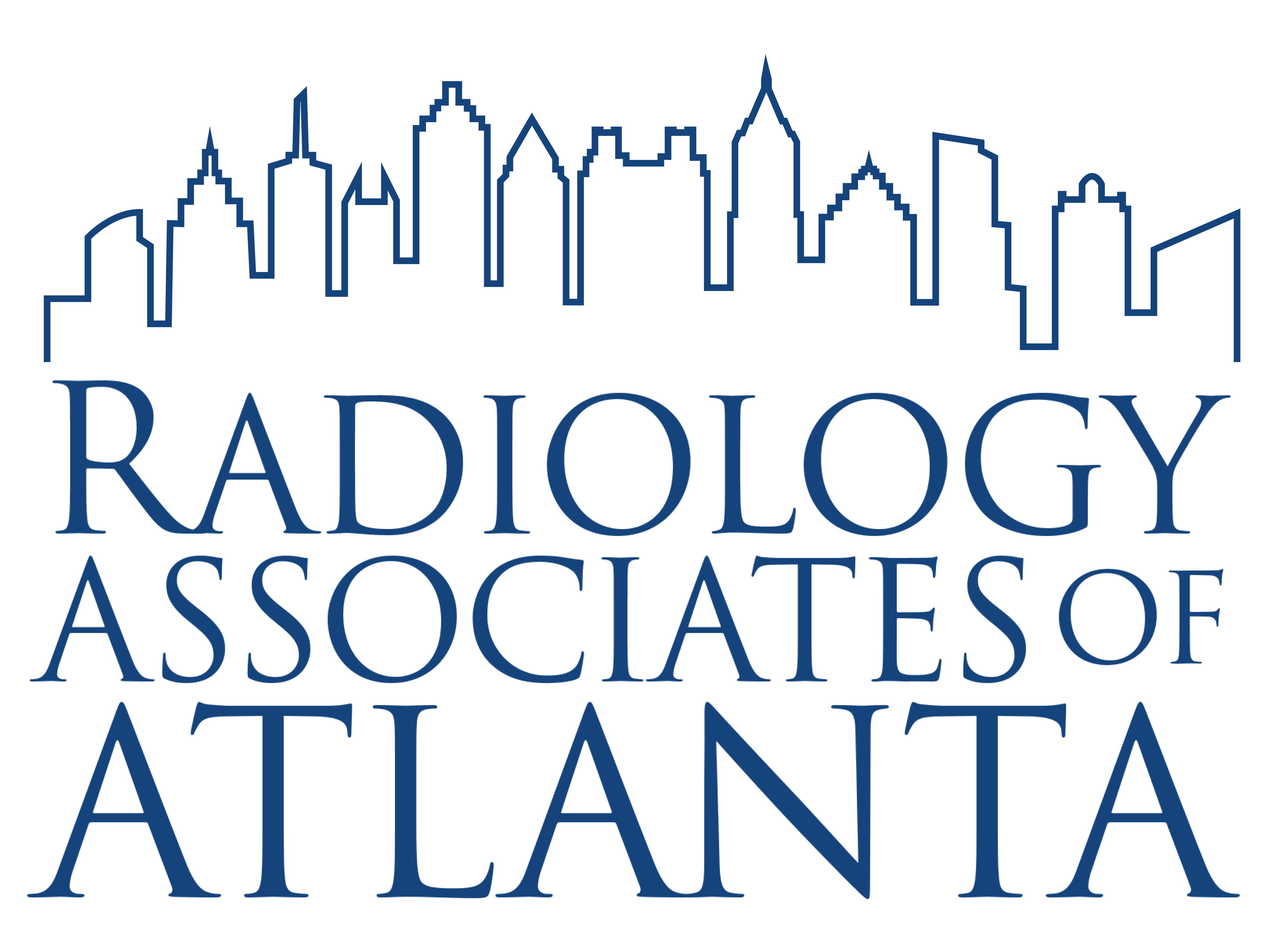What is BPH?
Benign prostatic hyperplasia is a common condition that affects about 50% of men 51 to 60 years old and up to 90% by age 85. It is non-cancerous enlargement of the prostate gland which sits just below the bladder. When the prostate enlarges, it exerts pressure on the urethra leading to urinary symptoms.
What are the symptoms of BPH?
Symptoms include:
- Problems with voiding
- Incomplete emptying – feeling like the bladder hasn’t emptied completely after voiding
- Weak stream – decrease in force of urinary stream
- Intermittency – interruptions or hesitations in the stream
- Straining to void – feeling like you need to force out urine while voiding
- Problems with storage
- Frequent urination – voiding more often than normal
- Urgency – feeling the urge to urinate more often than normal
- Nocturia – often men feel like they need to get up at night multiple times to void
What are the treatments for BPH?
Medication
There are generally two classes of medications. Alpha adrenergic blockers relax smooth muscle in the prostate and make it easier to void. 5-alpha reductase inhibitors block conversion of testosterone into DHT, the hormone that causes prostate cell growth. Medications have sexual side effects, cardiovascular side effects, and are associated with dementia. Medication effects may also wear off over time.
Surgery
Traditional surgical therapies for BPH are Transurethral Resection of the Prostate (TURP) and prostatectomy (whole prostate removal). These surgeries require hospital stays and are associated with complications such as bleeding, infection, incontinence, and risk of erectile dysfunction. While these therapies are appropriate for some patients, other patients may not want to risk complications of major surgery, or simply prefer a more minimally-invasive approach before undergoing surgery.
There are transurethral surgical procedures that are also options:
- Rezum – steam ablation of the prostate
- Aquablation – water jet resection of the prostate. This therapy doesn’t have the same risk of erectile dysfunction as TURP because it doesn’t require heat resection of the prostate which can damage nerves. It does require a hospital stay and has a relatively high risk of bleeding compared to other therapies.
- Urolift – sutures are used to “staple” open the channel through the prostate. This is a good option for patients who have smaller prostates; however, not all men respond to this therapy. Durability of Urolift is not as good as other surgical therapies.
Prostate artery embolization
When the prostate enlarges there is an abnormally increased blood flow. Prostate artery embolization aims to reduce the blood flow back to normal levels and shrink the prostate without surgery.
This is a minimally-invasive procedure performed by a specialized doctor called an interventional radiologist. The doctor inserts a tiny tube called a catheter into the artery in the groin or wrist and navigates to the prostate using X-ray. Tiny particles are then injected to slow down the blood flow to the enlarged prostate which shrinks the prostate and relieves the symptoms experienced with BPH.
Why PAE?
- No major surgery
- Nothing through the urethra
- Faster recovery than traditional surgery
- Outpatient procedure – no hospital stay
- Can be repeated if necessary
- Will not preclude future surgery if needed
- No size cutoff
- While most surgical therapies have an upper limit of prostate size for safe surgery (around 80cc), prostate artery embolization can be done in any sized prostate and even has better proportional effect in very large prostates.
- Minimal risk
- Because there is no cutting or cautery, there is essentially no risk of sexual dysfunction (retrograde ejaculation, erectile dysfunction) which is a risk of surgery.
- No risk of urinary incontinence
- Some research has even shown potentially improved erectile function.
Who is a good candidate for PAE?
- Any patient with diagnosed BPH who is having symptoms not well controlled with medications
- Patients with BPH who cannot undergo surgery because of medical problems or because they are on blood thinners
- Patients with BPH with a preference for non-surgical therapy and preservation of sexual function.
- Patients without significant arterial disease. While some artery disease is acceptable, if it is severe, the arteries may not be able to be catheterized for treatment. We usually perform a CT scan beforehand to assess the arteries if you don’t have prior imaging.
What to expect if undergoing PAE
PAE side effects
- Urinary frequency, burning with urination, and pelvic pain are the most common symptoms. These side effects can be expected to last approximately three days and up to one week. The symptoms are well-controlled with pain medication and steroids.
Results
- Successful in about 90% of patients
- Because of the way that prostate embolization works there is progressive improvement as the prostate shrinks and softens. The peak results of the procedure will be seen at about three months.
- In a study of over 1000 patients, we can expect most patients to have durable effect for about seven years with a drop off to 40% by 10 years. PAE can be repeated with adequate response in 60% of repeat patients.
PAE insurance coverage
Medicare does cover PAE. Most insurance plans cover PAE if they cover surgical prostate therapies.
If you are interested in learning more about Prostate Artery Embolization or would like to schedule a consultation, please contact our office at (470) 806-5026, or enter your information online and we will get back to you.
